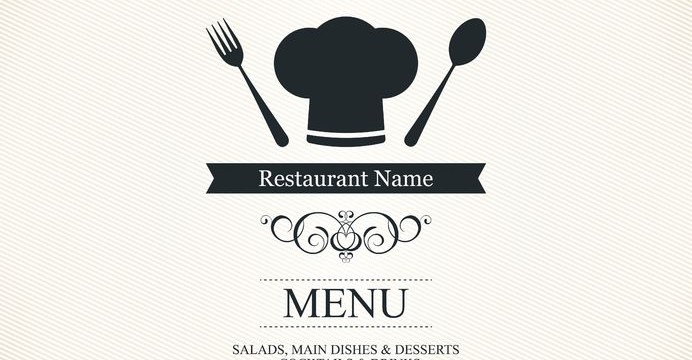Tips for Designing Your Restaurant Menu
Designing a restaurant menu looks a lot easier than it is. A lot of people think that it involves nothing more than listing items, prices, adding a few logos and photos here and there, and then printing it out. But if you’re designing a menu that not only looks good, but will sell all your high profit items, the task at hand becomes a little more challenging.
Menus are not mere lists of prices and items. They are your second ammunition in selling your food; first you attract them with your storefront and brand name, second you get them hooked to the food you sell.
Characteristics of a Great Menu
Before you can successfully design a menu, you first have to know what makes a good and effective menu.
A good menu is all of these things:
- Represents your business.
- Visually appealing.
- Sturdy enough to withstand the demands of a growing clientele.
- Light enough for convenience in passing around and scanning.
- Designed to sell.
Tips in Menu Design
Whether you’re a new restaurant owner, or you’ve been dissatisfied with your current menu for the longest time, these tips could help you out:
Use only professional photographs.
Low-quality, poorly taken photographs won’t do your restaurant any good and will ruin every bit of good intentions you have for your menu. And don’t overdo the photos either! Use them wisely and place them in suggestive areas – covers, next to a whole batch of items, and as a carefully designed platter/meal.
Use boxes.
You can use boxes to highlight special offers or house specialties, or to divide your items by type. This will make for easier reading, and will draw all the attention to the right places.
Don’t use currency signs
Most people just want to eat and not think about how much it costs and your dollar sign on the menu item are a big, bad reminder that they’ have to pay for whatever they’re eating – and that discourages them from ordering more. Drop the sign and just put the number in.
Arrange carefully.
Place items according to importance and order of eating; appetizers in front, desserts in the back. When it comes to main courses and bestsellers, keep them in the middle and compartmentalize. Mark all your bestsellers and house specialties as such so your first time clients know.
Sure your menu is only one part of the whole restaurant package, but it is your clients’ first taste – albeit visual – of the food you make. Your menu should speak well and loudly for your food, and the right menu design is the key to achieving efficient menu.






